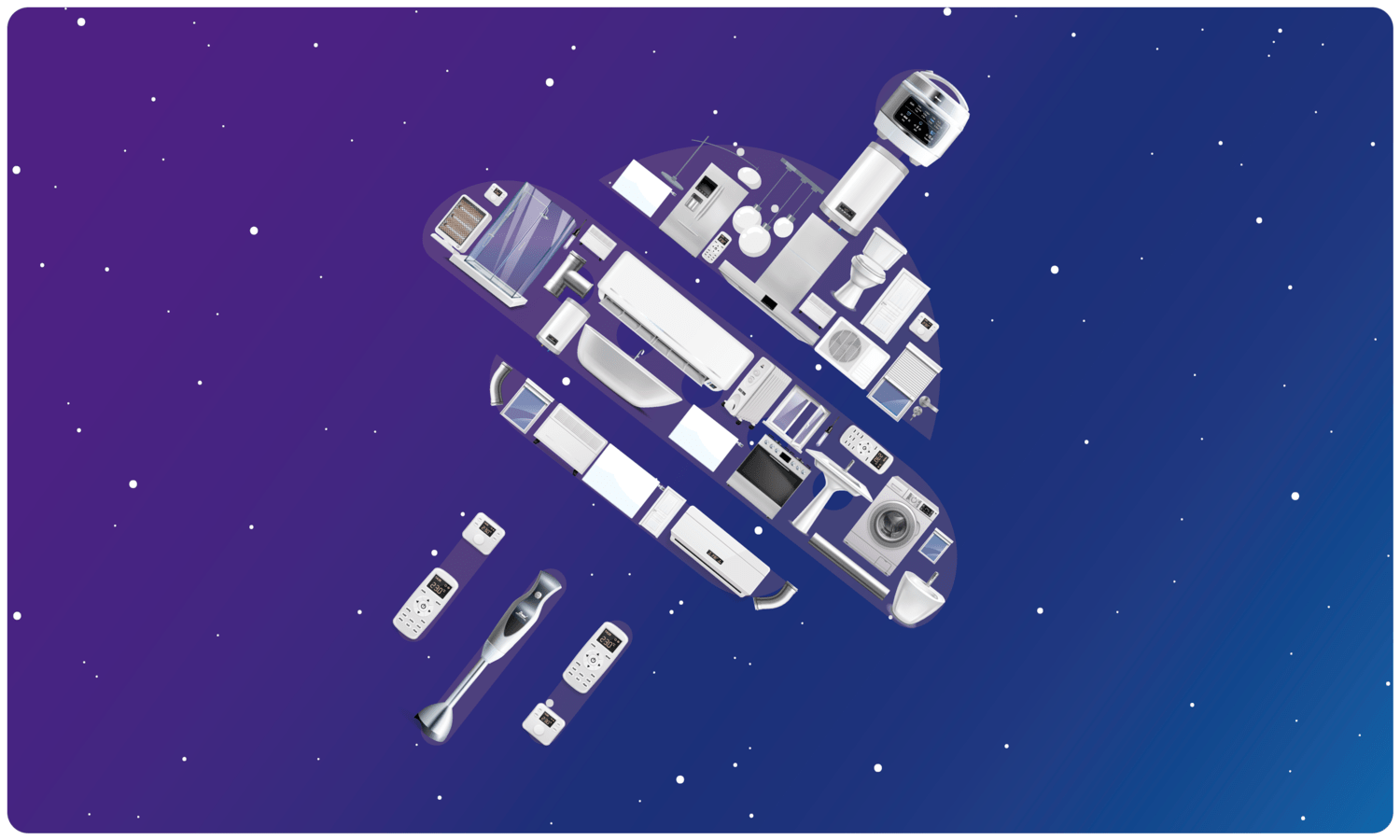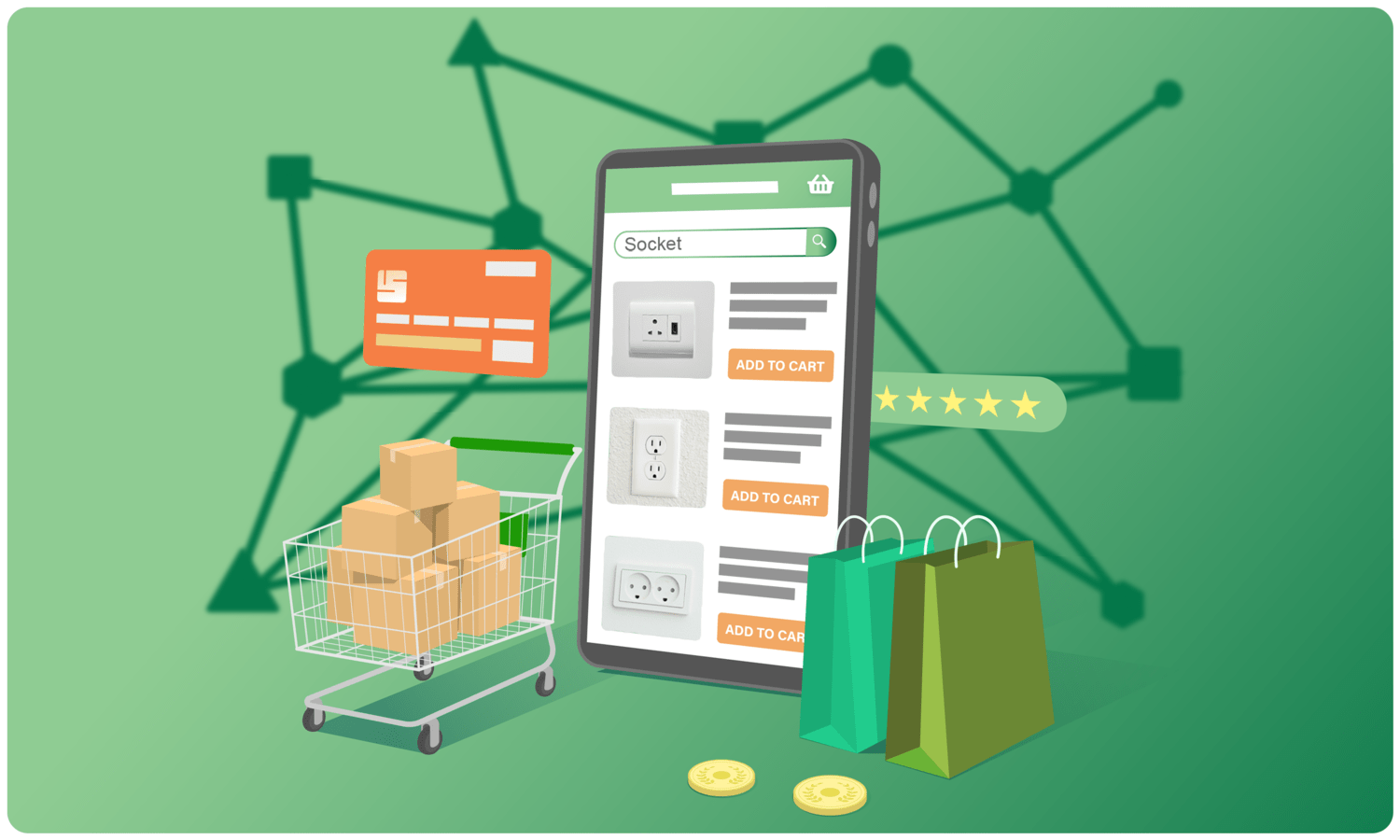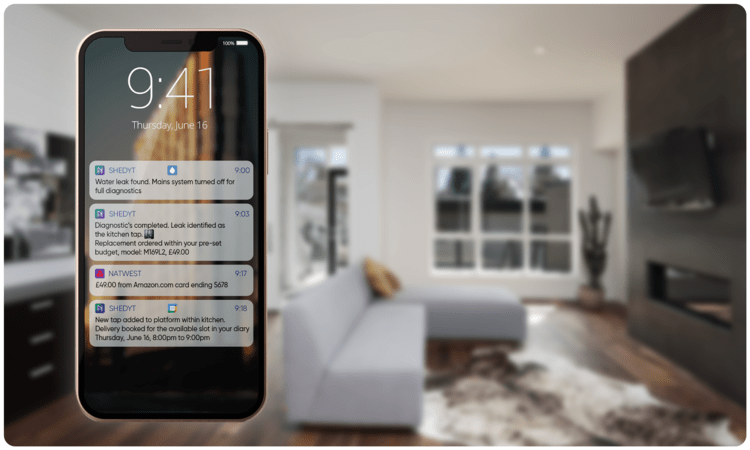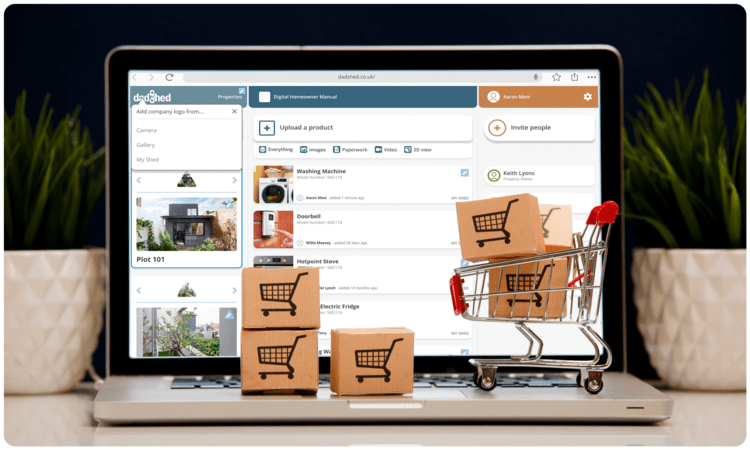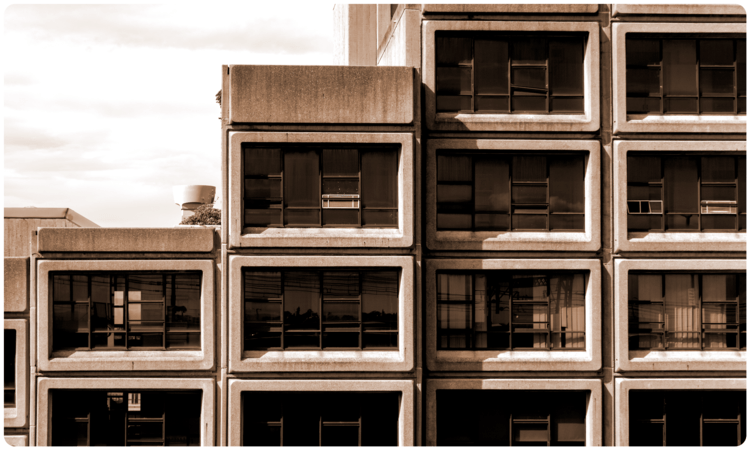UPOs, AI and Sustainability
September 3rd, 2021
Is your home alien to you? This is often the case for new occupiers who find themselves living in properties with undocumented UPOs.
A UPO (Unidentified Property Object) is a part of your home that you do not have complete and/or accurate information on. For example, do you know what type of locks the different doors in your home(s) have? How effectively can you manage a property with limited documentation or an incomplete homeowner manual?
Why is this important?
As an example, when you call IT customer support for technical difficulties, the first thing they ask for is the ‘make and model’ of the device.
This equally applies to homes; the first step to troubleshooting objects in the home is about identifying them first.
Should anything go wrong with a lock in your home, ideally you should be able to communicate the issue to a locksmith similar to how you would with any tech. This allows the locksmith to prepare and provide an accurate quote in advance. Instead, what typically happens with homes is that the locksmith would have to make two trips; one to identify the lock or issue and another to organize the necessary parts to fix and/or replace it.
Multiple on-site visits are not great because it means more time and effort spent per UPO, occupiers are charged more and CO2 emissions are higher due to traveling back and forth; never mind the customer experience. In addition, too many UPOs in a house can increase variable management costs which affect rent.
How to Identify UPOs
Typically, we could ask someone in the house, perhaps a friend who is good at DIY, or try to get a second opinion by Googling the internet. In reality, calling a property expert would probably be the best solution but they don’t work for free.
What if you had an image recognition app, like Apple Vision or Google Lens, that could accurately identify property objects for you and recognize that UPO? In agriculture, for example, image recognition technology can be used to detect when apples are ripe to pick to assist the farmer in making a more informed decision when it comes to harvesting – saving time and effort.
Similarly, we suggest an app that can analyze any photograph and detect the different property objects within it, providing information about each. Or better still, use an augmented reality overlay to provide information in real time about any property objects within the field of view of your smartphone camera. Maybe, like this scene from.
Here are examples of what such an app could do:
- store information on the cloud
- provide a link to the original receipt/documentation
- provide you with relevant instructional guides
- redirect you to the manufacturer’s site
- advise about previous product recalls
- display repairs/maintenance history- provide technical specs
Reducing On-Site Visits and Increasing Efficiency
Trades are under a lot of pressure; having specific time slots to drive on-site and find parking, diagnose the issue(s), collect the necessary parts for repairs or installation then rinse and repeat for the next client. This often results in them having difficulties managing time which also affects the customer experience. A UPO recognition function would mean things in your home could be identified or diagnosed remotely and reduce the number of on-site visits; potentially achieving the holy grail of completing repairs in 1-visit!
Would you use an app with such a function integrated into it? Feel free to contact us at help@shedyt.com if you have any feedback or if you are interested in supporting our team!
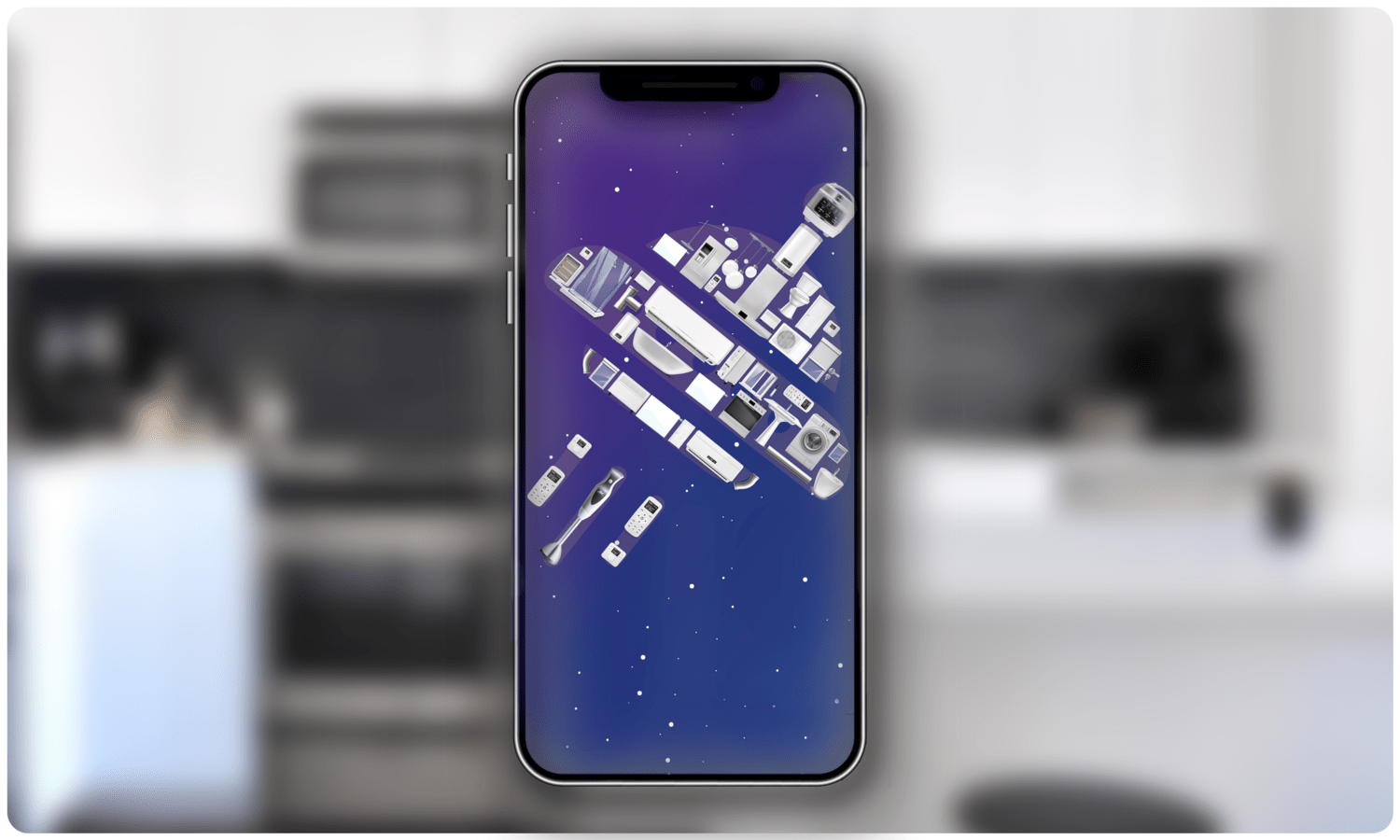
(B017)
Make Your Business Online By The Best No—Code & No—Plugin Solution In The Market.
30 Day Money-Back Guarantee
Say goodbye to your low online sales rate!
